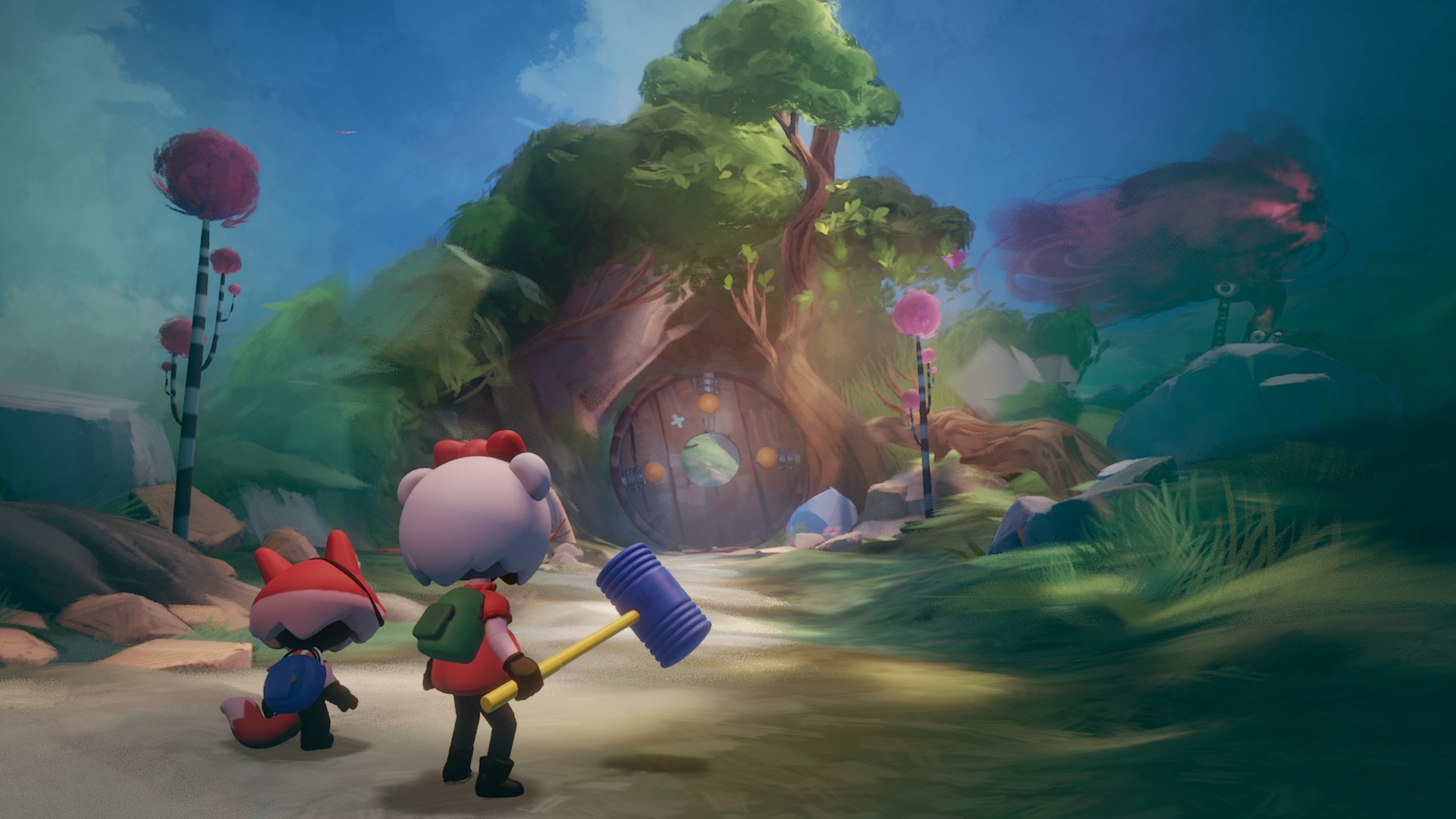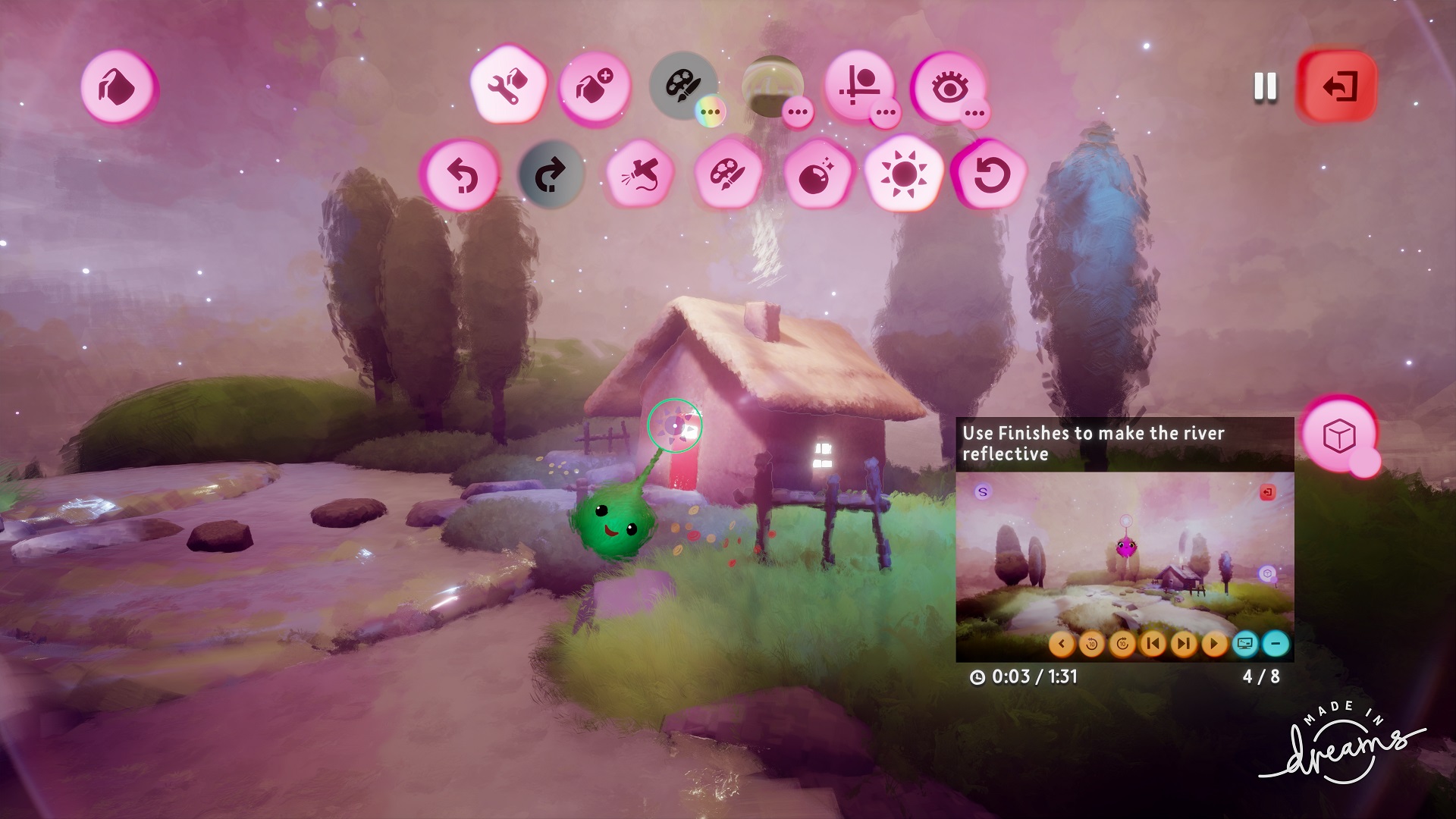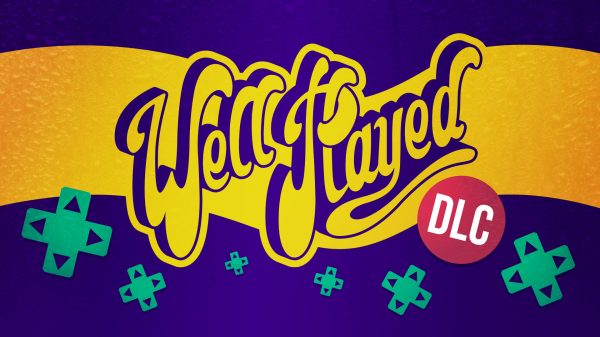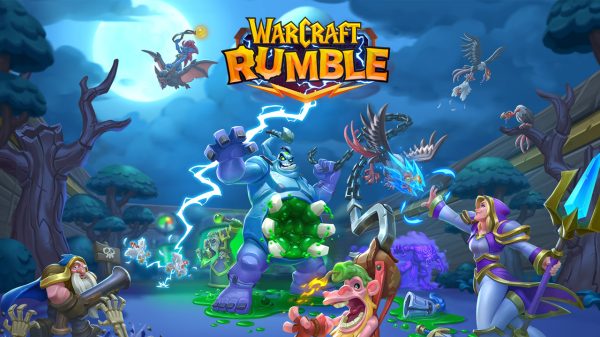Reviewing a game like Dreams is something I’d usually avoid doing. After all, how do you critique and assign a numbered score to something that means so many different things to different people? Dreams is more than just a game, more than just a tool, it’s a platform and a community. Like its namesake, it shifts and changes to meet the experiences of the people powering it. I thought long and hard about this, and eventually came to a point where I questioned what a scored video game review even means to me. The simplest way I could parse it is to look at my final verdict as less of a critique of a game’s individual parts and more a measure of how successfully I feel it achieves its vision and the promise of such. With that in mind, I feel a little more at peace with placing something like Dreams on that scale. Especially because, based on this logic, it lands quite favourably.
Dreams is the latest in beloved developer Media Molecule’s line of games to encourage players to not just play, but also create. Unlike something like LittleBigPlanet though, Dreams doesn’t just let its users tinker around under the hood of an established product – it hands them the keys to the whole damn factory to make absolutely anything they want. Not just new levels but whole new games, characters, logic, art, audio and everything in-between.
The very idea of referring to all of these creations as ‘dreams’, though mostly semantic, still helps a great deal in contextualising them and keeping expectations in check. It doesn’t really matter how my silly, experimental projects are packaged after all, but by not equating them with any kind of established ‘product’ I’m free of the kind of pressure that might come with trying to label things. It speaks to the core of what Dreams is, it’s a tool designed to tap into the imaginations of anyone who wouldn’t normally consider themselves a game designer, or a programmer, or an artist or musician. If you can think of it, Dreams is probably just about the easiest, most intuitive and most engaging way to bring it to life.

Dreams’ biggest draw, and arguably its biggest triumph, is a set of creative tools that allows users to make all of these wonderful things in what has to be the most user-friendly, intuitive and shockingly powerful take on a user-level editor I’ve ever seen – and all on a console. In fact ‘editor’ is a terrible word to have used. Dreams is essentially a fully-fledged game engine, 3D modelling and animation suite, audio recorder and music composer and so much more. At the center of it all is your Imp; a fuzzy, round companion that acts as both your on-screen cursor as well as the driving power behind your creations. Through Dreams’ (default) motion controls, your Imp is used to navigate menus, move through the 3D space of the editor and ‘possess’ controllable characters and objects in-game. The Imps are an ingeniously simple entry point to a framework that only increases in depth the more you dive in, starting with a simple drag-and-drop level builder and eventually revealing itself to be more powerful than I think I’ll ever understand.
Thank the Imp gods for tutorials, then. Dreams opens with a very quick set of instructions for navigating its spaces and very simply slapping together prefabricated elements into a scene, but to truly make use of everything on offer, the in-depth tutorials are a must. Everything from sculpting 3D elements to treating a scene with colours and effects to figuring out the logic of characters and levels is accounted for in a highly interactive, follow-along fashion. The final release’s selection of tutorials has come a long way from the Early Access days too, and after running through everything I’m certainly still daunted at the prospect of making something from scratch but I’m more than happy to jump into one of the example games and ‘remix’ it to figure out for myself what makes it all tick.

Not only is Art’s Dream an inspiration to anyone hoping to make great experiences in Dreams, but it’s one of the coolest things I’ve played in a long time
Making cool stuff has been the major appeal of Dreams since day one, but that idea of ‘dreams’ moves beyond pure semantics with the title’s official, full release. As part of the complete package, Media Molecule have also created and released a full-blown game of their own – created entirely in Dreams itself, naturally. Art’s Dream is a ‘movie length’ adventure that follows Art, a double bass player in the midst of a falling-out with his bandmates, including the woman of his affections. Out on his own, Art finds himself wrestling with the idea that his misfortune stems directly from his own narcissism and inflated sense of self at the expense of those that care about him. As he dreams, and reflects on his life experiences through characters of his own imagination, the game takes on many different themes and genres to explore those concepts. It’s all wonderfully done, full of surprises (and amazing musical numbers) and, at around an hour and a half, moves along at a brilliant pace. Not only is Art’s Dream an inspiration to anyone hoping to make great experiences in Dreams, but it’s one of the coolest things I’ve played in a long time.
One of the most interesting things about Art’s Dream though is that, despite standing in for a ‘story mode’, and being more than able to stand on its own as a fantastic indie effort from a veteran developer, it doesn’t ship as a separate option in Dreams. It lives nestled within the Dreamiverse; the same place you’ll find everything that Dreams’ players have made and shared. It’s a testament to the overall vision, and Media Molecule’s faith in their community to come together, inspire and take inspiration, and continually surprise each other with new and innovative creations.
The Dreamiverse is the perfect place for that – offering so many ways to engage with everything and everyone. Beyond just browsing players’ creations, with all of the filtering and sorting tools you could ask for, the Dreamiverse comes with a plethora of ways to navigate and personalise the infinite universe of content within it. One of the best ways to get involved though, especially if you find yourself struggling on the creative side, is to collect and curate others’ projects; grouping them into browsable and shareable libraries that others can view and follow. Curating can almost be a full-time gig in Dreams, and it benefits not only those looking for things to play but for those trying to find suitable content to drop into their own creations. It’s supported by a great approach to tagging and crediting, where every scene or creation is auto-tagged with those involved in making anything used within – though a huge portion of the community is also extremely good at crediting people and sharing the love all on their own. Falling down the rabbit hole of playing something, clicking on the names of the people involved and browsing all their stuff, and then repeating as such is just as compelling as sitting down for an afternoon and letting Dreams feed you an endless stream of random content.
In case it wasn’t already clear, there’s a lot to Dreams, whether you’re simply engaging with its community of Dreamers or diving into the deep end of its creative tools. Dropping into a whole new universe full of things to do, see and make could be just as daunting as it sounds – if not for those wonderful little Imps. More than just the catalyst to your every interaction with the Dreamiverse, Imps also play a pivotal role in acclimating players to Dreams as a whole. While you’ll start your journey off with just a handful of Imps to choose as your personal companion, there are tons of decidedly more unique ones to unlock through Imp Quests. These mini-challenges task players with performing certain tasks – anything from simply completing tutorials or uploading creations to consistently engaging with Community Jams or curating particular types of content. Each task (or each level of a task) completed rewards players with points towards their Dreamer Level or, most importantly, brand new Imps to roll with.

Even after just a few short days with the final version, I’ve engaged in and experimented with so much of what Dreams has to offer thanks to Imp Quests. Especially for those who may not be as creatively-inclined, Imp Quests adds the perfect level of ‘gamification’ to still make the entire package compelling. That said, there’s no getting around the fact that getting the most out of Dreams means consistently engaging with the community long-term and devoting serious time to creating and/or curating. Given the sheer magnitude of what’s possible to create and discover, $50 AUD is an absolute steal, but the nature of a buy-in-only product is always going to burn the few odd punters who just don’t find their joy within.
Final Thoughts
Dreams is, without a doubt, the most ambitious and admirable attempt at giving people of all walks of life the tools to make just about anything they can imagine. The fact that such a powerful tool exists on something as ubiquitous as the PlayStation 4, where all it takes is a controller and an idea to turn anyone into a bona fide living room game developer, is seriously special. So, after all this, my hesitation to assign a review score to something so different and unique has all but dissipated. Dreams does exactly what it sets out to do and then some. It provides not only the means, but the passion, the inspiration and the community to back it all up.
Reviewed on PlayStation 4 Pro // Review code supplied by publisher
Click here for more information on WellPlayed’s review policy and ethics

- Media Molecule
- Sony Interactive Interactive
- PS4
- February 14, 2020



Kieron's been gaming ever since he could first speak the words "Blast Processing" and hasn't lost his love for platformers and JRPGs since. A connoisseur of avant-garde indie experiences and underground cult classics, Kieron is a devout worshipper at the churches of Double Fine and Annapurna Interactive, to drop just a couple of names.




























